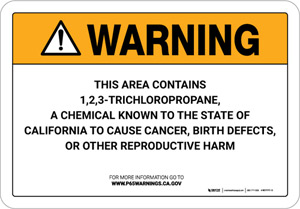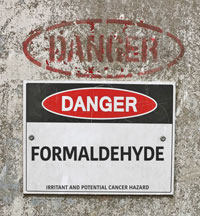1,2,3- TCP is a manmade chlorinated hydrocarbon chemical with high chemical stability. It is frequently found at industrial or hazardous waste sites because of its cleaning and degreasing solvent usage. It is also commonly associated with pesticide products for commercial agricultural regions.



